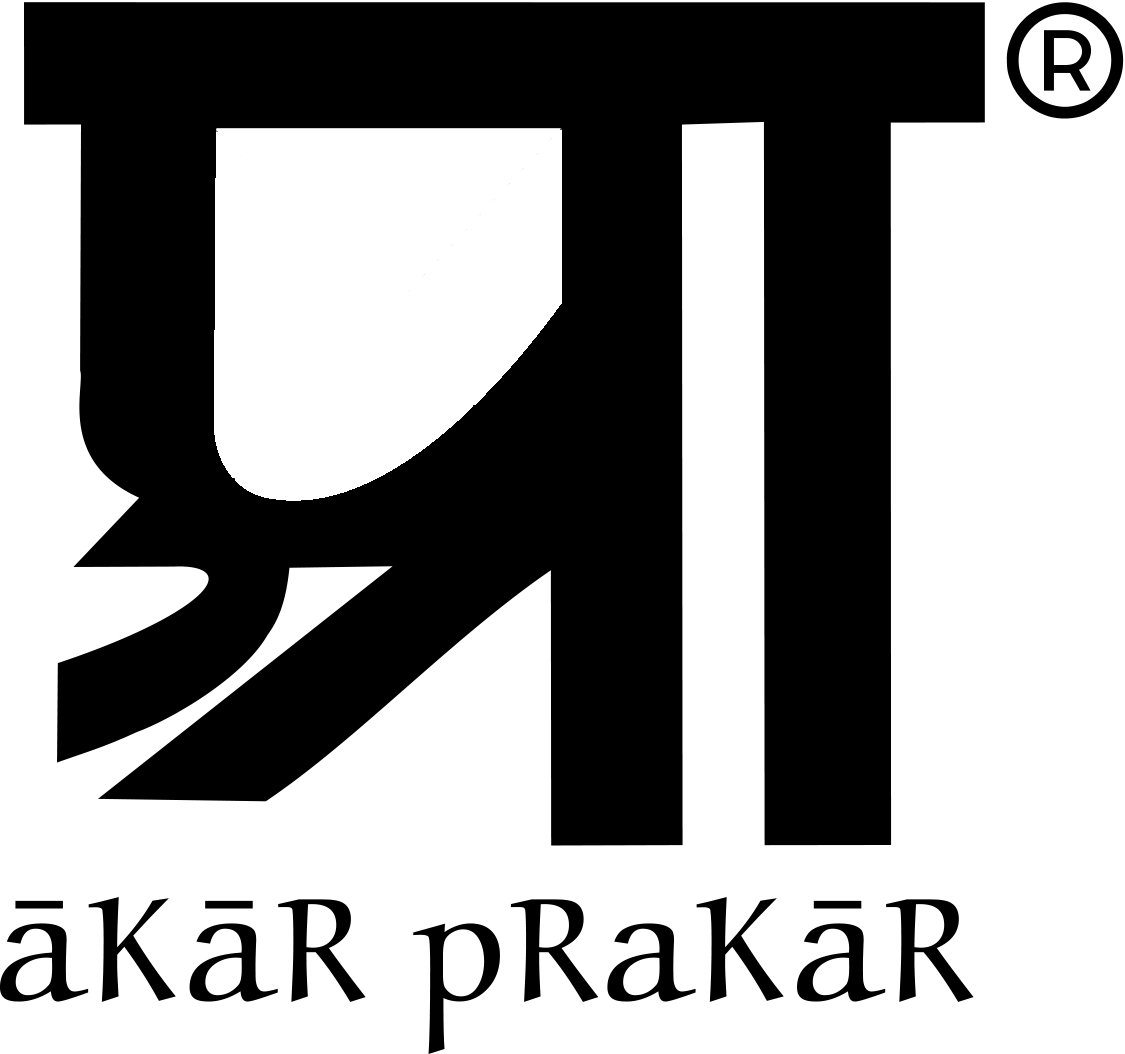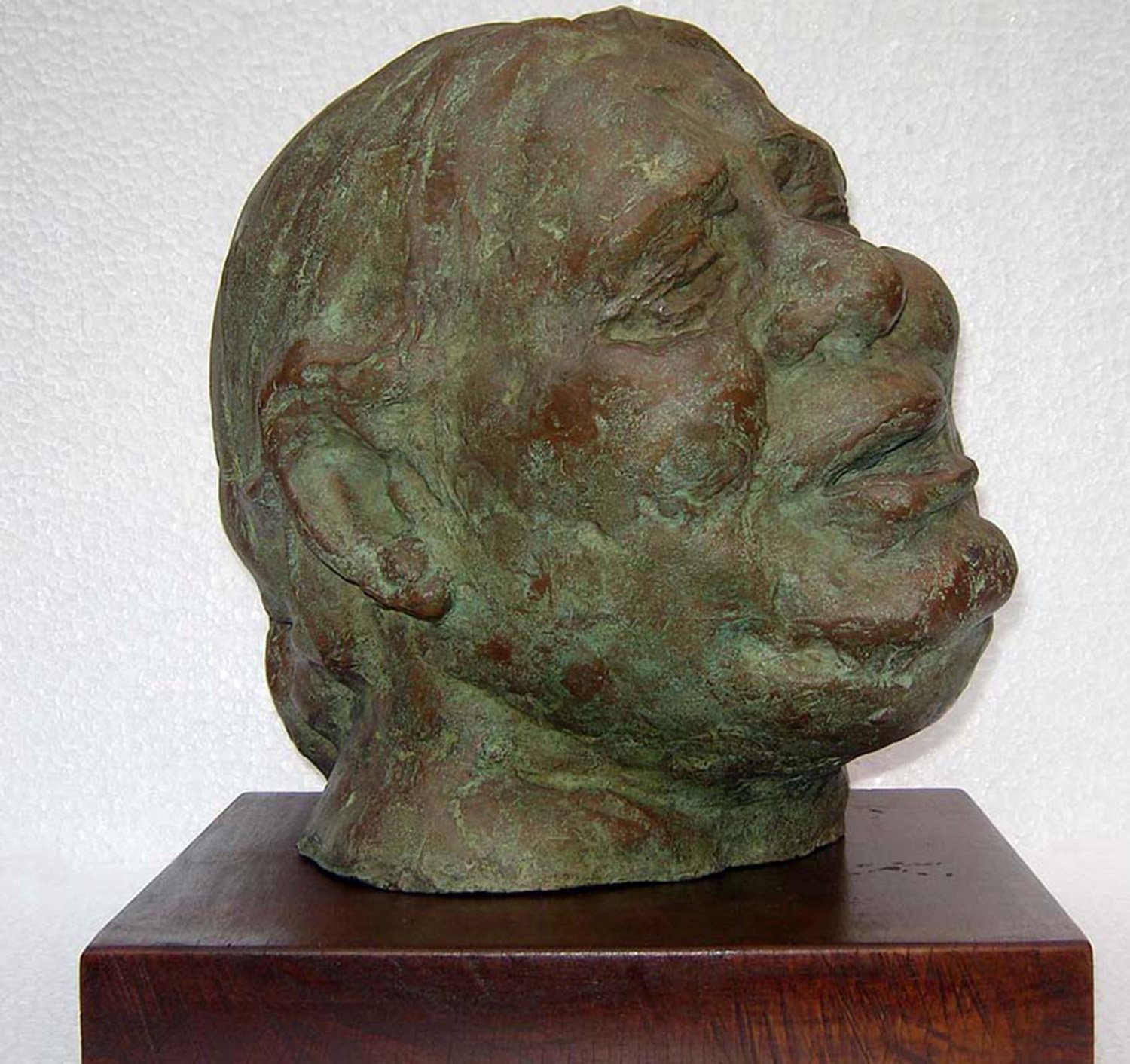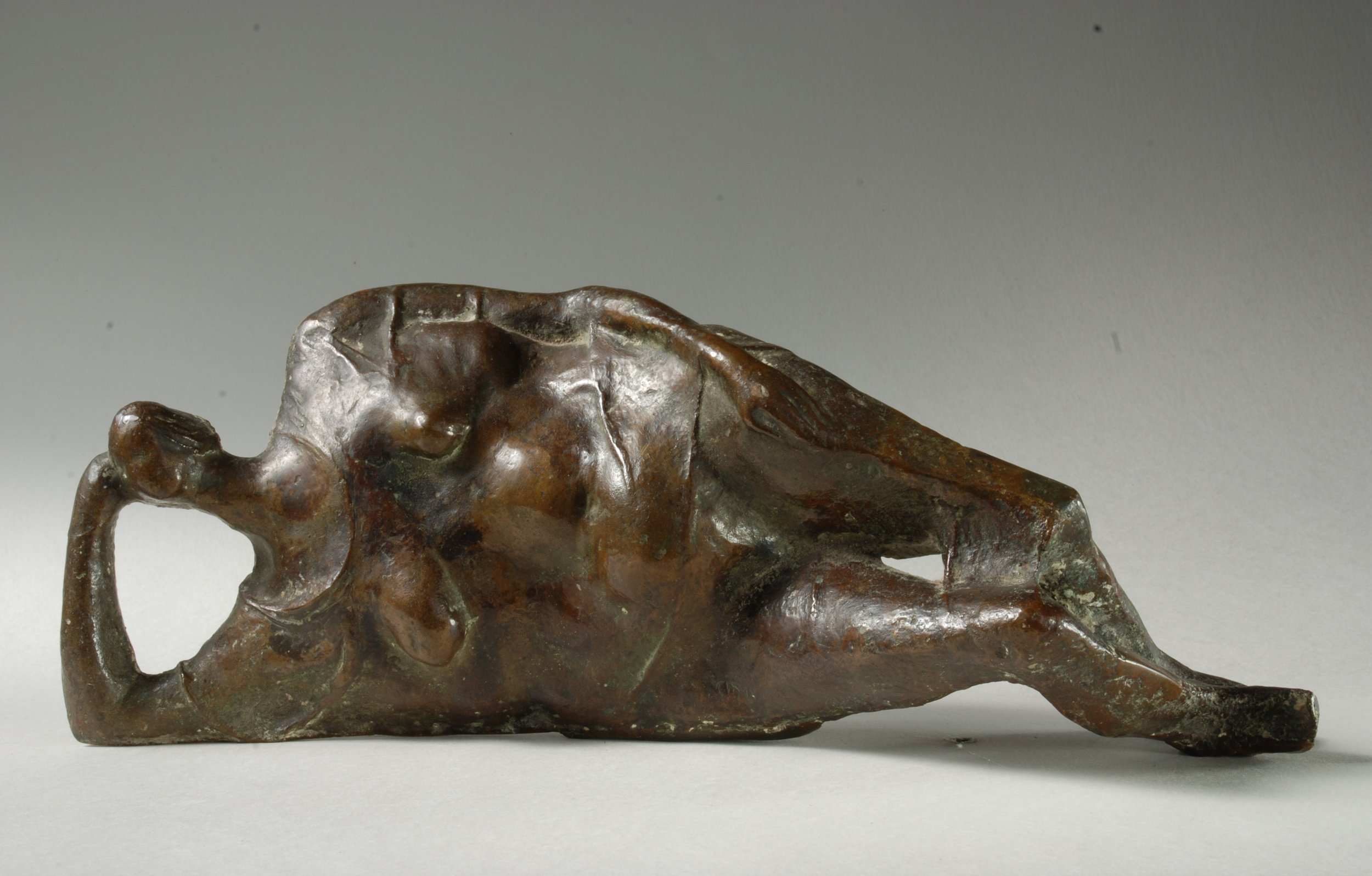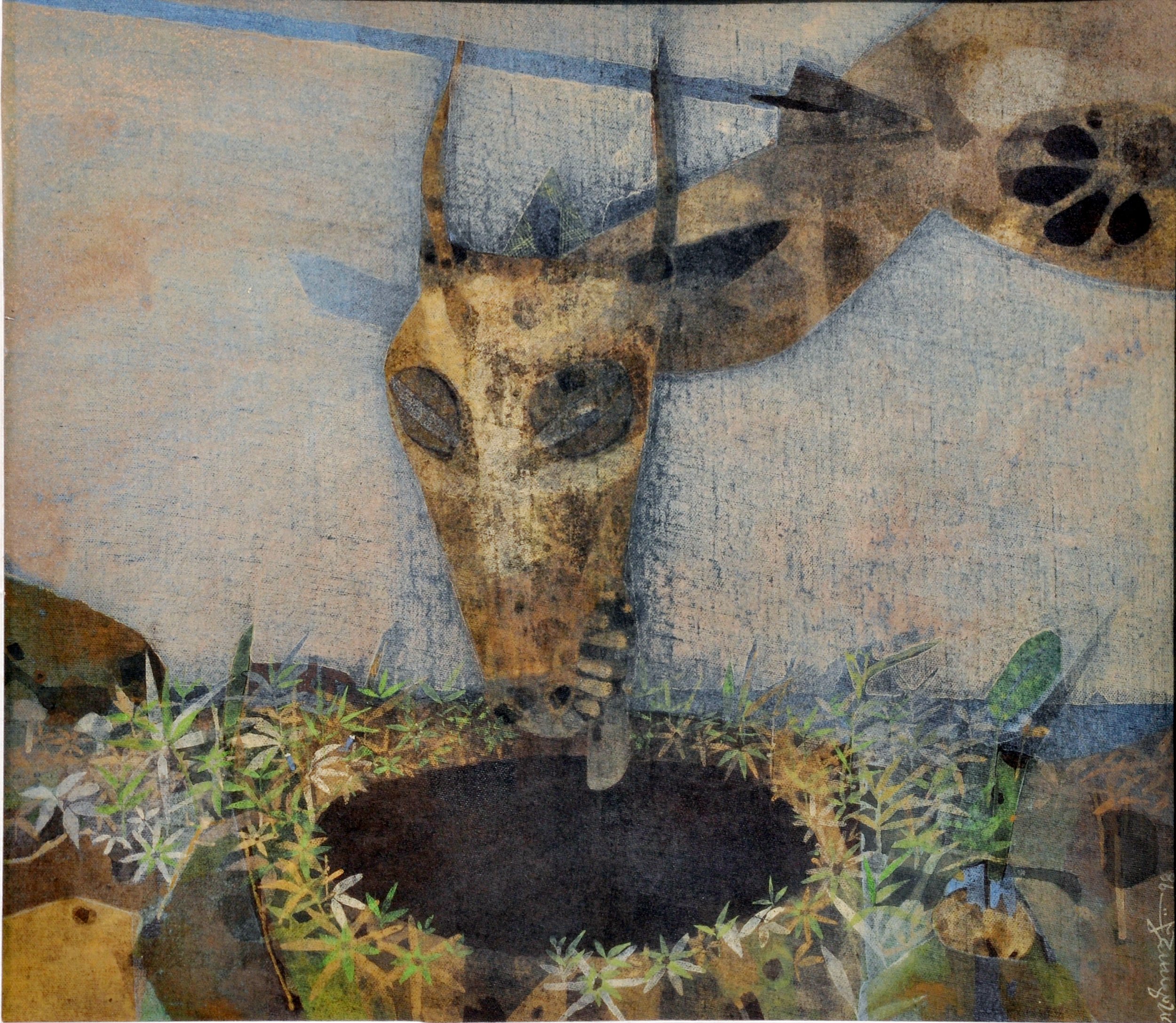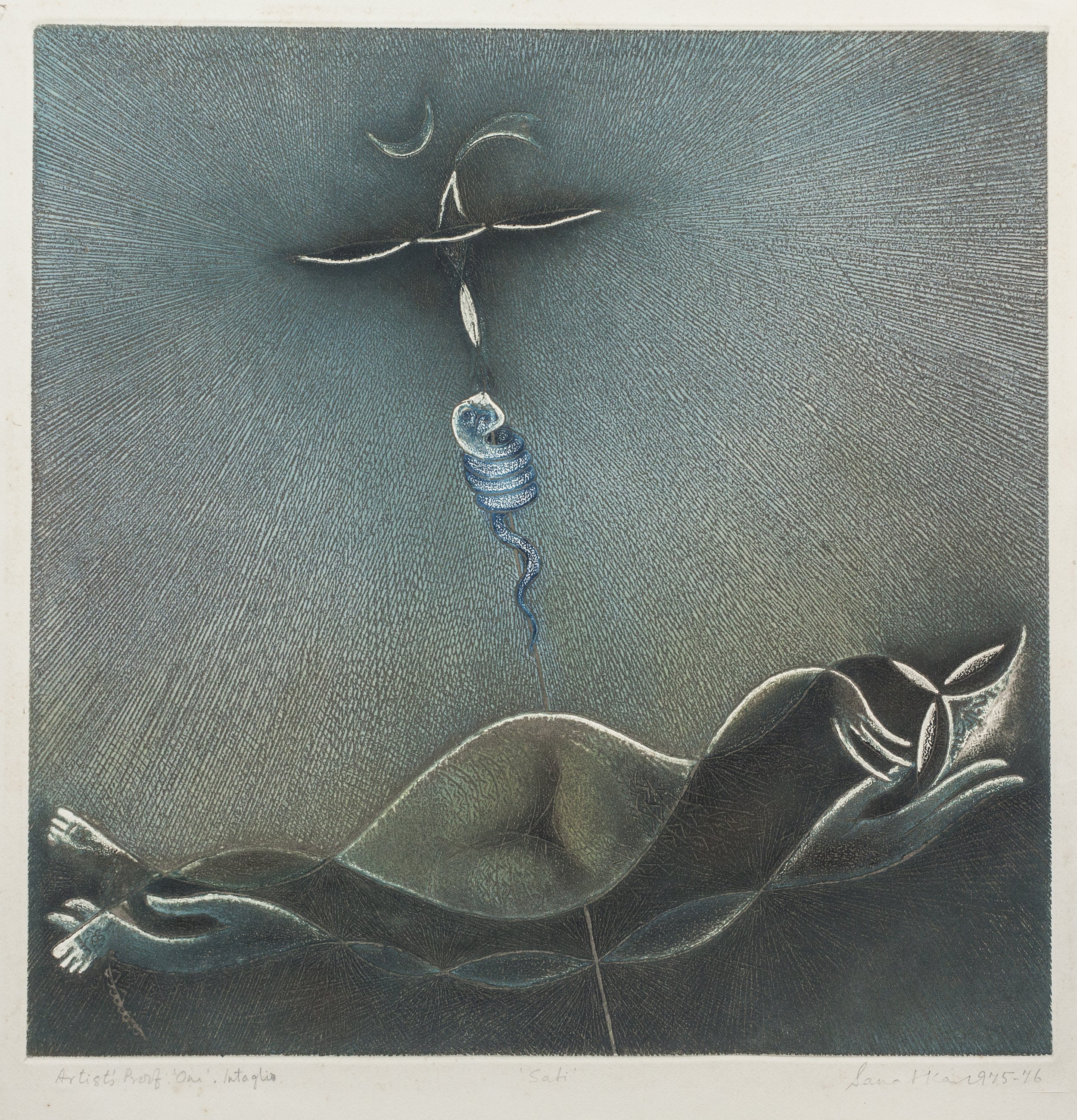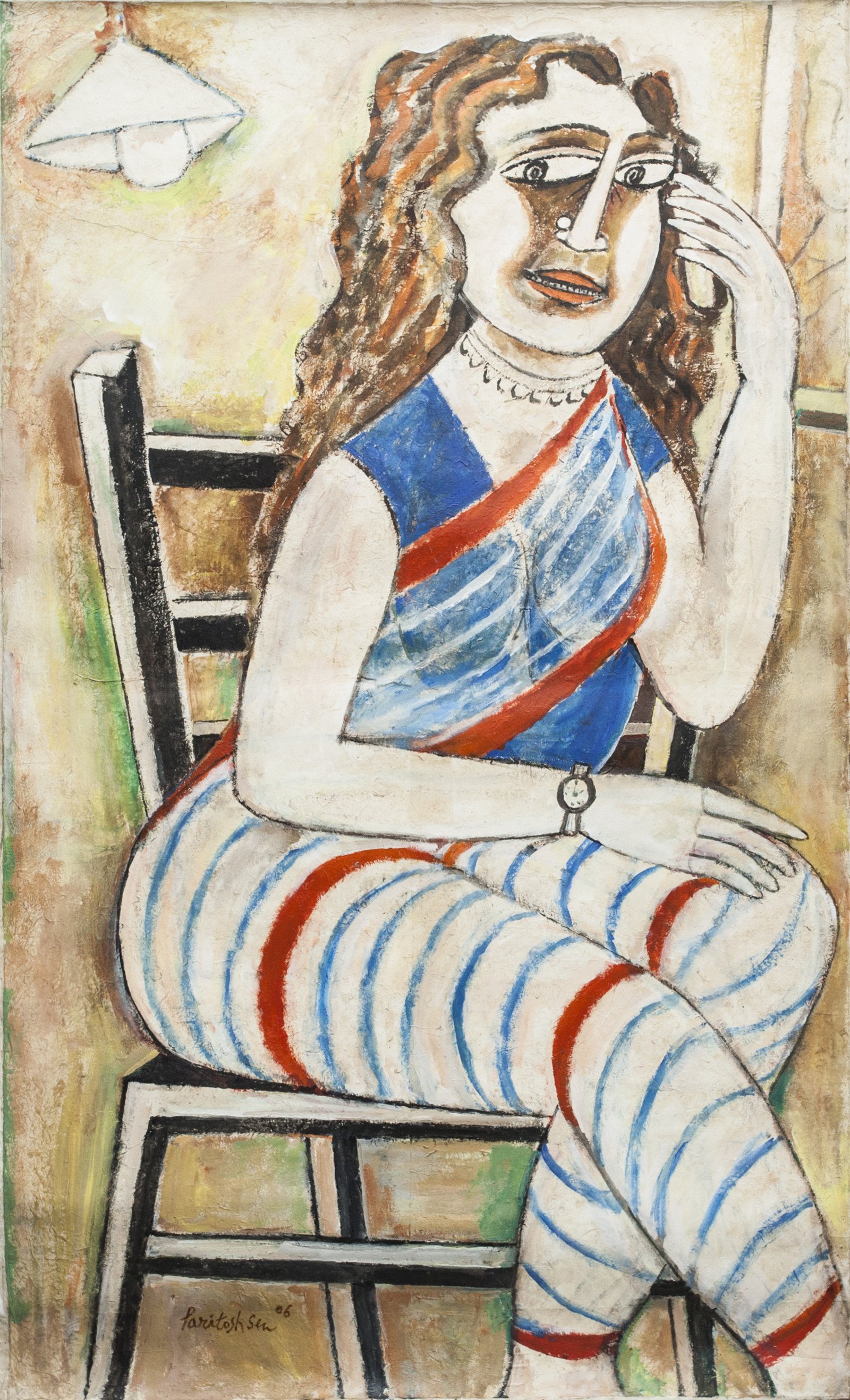
8 Indian Bengal Masters
June , 2015 at Musee de Asiatique de Nice
Perfection of forms, exuberance of designs and of human or animal figures, absolute mastery of traditional codes of representation, the works of the Indian world displayed at the Musée des Arts Asiatiques give us a contrasted and a classic vision of Indian art that we aspire to be accurate.
Those works evoke the richness of the Hindu and Buddhist pantheon as well as the devotion, the sensuality, the love and the delicacy of an art of living. These visions enchant us and nourish our imagination through exceptional artworks which come to support our reflection. Nevertheless, we do remember that such a vast continent, such a brilliant civilization, should not be limited to only few works, no matter how exemplary they are. To temper this vision necessarily reductive, the Musée des Arts Asiatiques wanted to illustrate other aspects of the Indian civilization through major temporary exhibitions. The exhibition “Power and Desire” (“Pouvoir et désir”) in 2003, conducted out of a rich collection of miniatures, mentioned the luxurious period of Mughal empire which implemented a successful combination of Hindu and Muslim culture from the 16th century to the end of 18th century. Subsequently, two exhibitions have taken place and have enriched our knowledge of present India. In 2006, the exhibition “Devi Diva, the seven veils of Bollywood” (“Devi Diva, les sept voiles de Bollywood”) attempted to identify the image and the place of women in Indian cinema. In 2009, the photographer Suzanne Held presented with a specific sensitivity a series of images of “Eternal India” (“l’Inde Éternelle”), in which the natural beauty of women and men, the harmony of everyday gestures, were rooted in a secular tradition.
At the frontier of naive art and a more intellectual contemporary creation, the museum has equally introduced traditional works of Indian women, the art from the region of Mithila, located in the north-eastern Indian state of Bihar, as well as pieces of tribal art from the Warli community living north of Mumbai. The traditional art as transmitted by women and the highly symbolic art of Warlis, all these representations inherited from ancestral creativity made us realize further the philosophic research of the painter S. H. Raza presented in the exhibition “Symboles et Merveilles, les couleurs de l’Inde”(“Symbols and Wonders, the colours of India”), and his introspective approach aiming at integrating his experience, sometimes acquired abroad, of abstract painting and the sacred figures of spiritual Hindu tradition. “I have always followed the tradition in my life as well as in my artistic expression but I am open to changes according to times. Like most of the Indians, tradition and modernity are within me...” says he.
The paths of tradition and modernity, of the rediscovery of the traditional artistic foundations, of the distance taken from Western art when it was too much tainted with colonialism, have been followed up by Indian artists on the eve of independence. After the artistic revival personified by Rabindranath Tagore, the Bengali artists underwent badly the events related to Indian independence and to the partition of Bengal. This period of repeated famines, community conflicts and major demographic changes giving birth to a phenomenon of unprecedented urbanization of which Kolkata is an utmost example, has deeply influenced the following generation of artists. Each of them has responded in his own way to this context of crisis, by finding out in this tragic situation, the force to pursue a process of a new way of creating. The eight masters of whom we suggest today to admire the works, gathered around the historical figure of Paritosh Sen, illustrate the great vitality of the art of Bengal which, with its strong cultural identity and its regional ambition, contributes to the common Indian contemporary artistic movement.
I thank Akar Prakar and Miss Reena Lath from India to allow us to appreciate and to have a better understanding of these endearing artists.
Sylvie de Galléani
Sarbari Roy Choudhary | Siddheshawari Devi | Bronze | 12 x 13 x 10 in
Sarbari Roy Choudhary | Seated Man | Bronze | 18 x 16 x 10.5 in
Sarbari Roy Choudhary | Reclining Woman | Bronze | 4.5 x 12.5 x 4 in
Sarbari Roy Choudhary | Head of a Woman | Bronze | 8.5 x 3.5 x 4 in
Sarbari Roy Choudhary | Dharma | Bronze | 13 x 14 x 7 in
Meera Mukherjee | Seated Baul| bronze | 10.5 x 8 x 9.5 in | 1980
Meera Mukherjee | Natraj | bronze | 7 x 8.25 x 4.5 in | 1995
Meera Mukherjee | Ecstatics Bauls | bronze | 16 x 21 x 7 in | 1993
Meera Mukherjee | Dholakwala | bronze | 11 x 13.5 x 8 in | 1993
Meera Mukherjee | Dharmapuja | bronze | 12 x 11 x 11 in | 1988
Meera Mukherjee | Ashok at Kalinga | bronze | 12 x 8 x 8 in | 1988
Meera Mukherjee | Singing Baul | bronze | 11 x 9 x 6.5 in | 1980
Jogen Chowdhary | Reminiscence of a dream | Mixed Media on paper | 18 x 26 in
Jogen Chowdhary | Untitled | Charcoal on paper | 24 x 36 in | 1966
Jogen Chowdhary | Intellectual | Gouache on paper | 13.75 x 14.25 in | 1988
Jogen Chowdhary | Bakasur | Mixed Media on paper | 15 x 11 in | 2013
Ganesh Pyne | Untitled (set of 2) | Pen & ink on diary page | 9 x 7 in (each) | 1997
Ganesh Pyne | Untitled (set of 2) | Pen & ink on diary page | 9 x 7 in (each) | 1997
Ganesh Pyne | Untitled | Tempera on Paper | 7 x 9 in | 1962
Ganesh Pyne | The Beast | Tempera on Canvas pasted on board | 15 x 15 in | 1974
Ganesh Pyne | Untitled | Pencil on Paper | 18 x 14 in | 1979
Ganesh Pyne | Untitled | Tempera on Canvas | 20 x 28 in | 1975
Sanat Kar | Sati | Intaglio | 19.5 x 19.25 in | 1975-76
Sanat Kar | Mother (Artist Proof) | Etching | 10 x 6.75 in | 1969
Sanat Kar | Head (Artist Proof) | Wood Intaglio | 19 x 23 in | 1976
Somnath Hore | Wounds 102 | Etching | 5.75 x 7 in | 1973
Somnath Hore | Untitled (Trial Proof) | Woodcut | 6.75 x 8 in | 1973
Somnath Hore | Untitled | Woodcut | 6.25 x 8.25 in
Somnath Hore | Gypsies | Vicosity on paper | 11 x 13 in | 1967
Paritosh Sen | Woman with Cell Phone | Acrylic on Canvas | 60 x 36 in | 2006
Paritosh Sen | Refugees | Mixed Media | 30.5 x 25.5 in | 1946
Paritosh Sen | Bull | Oil on Board | 19.5 x 19.5 in | 1988
Paritosh Sen | Banana Grove | Tempera on Paper | 9.75 x 12 in | 1938
Ganesh Haloi | Untitled | Gouache on Paper | 26.5 x 24 in | 2006
Ganesh Haloi | Untitled | Gouache on Paper | 19 x 26 in | 1991
Ganesh Haloi | Untitled | Gouache on Paper | 22 x 32 in | 2006
